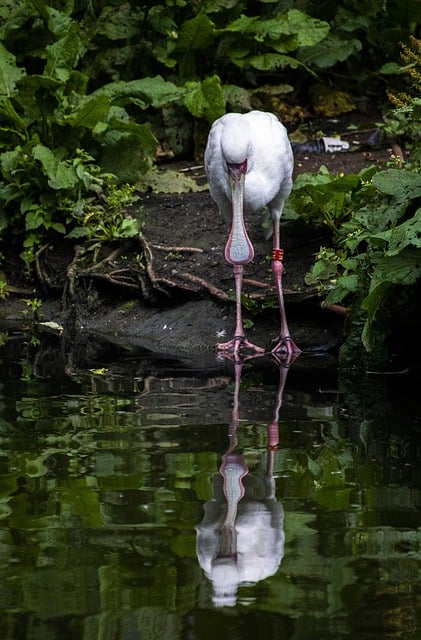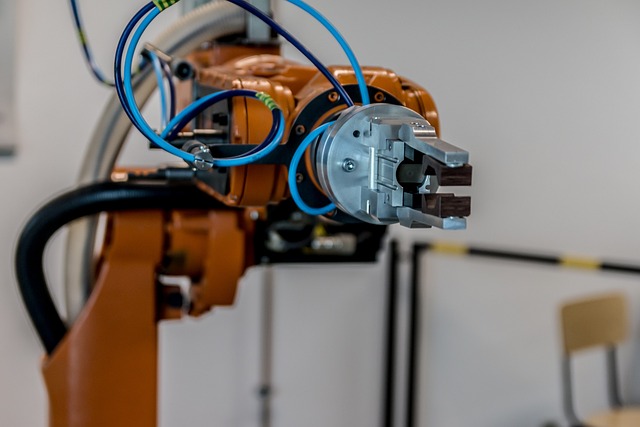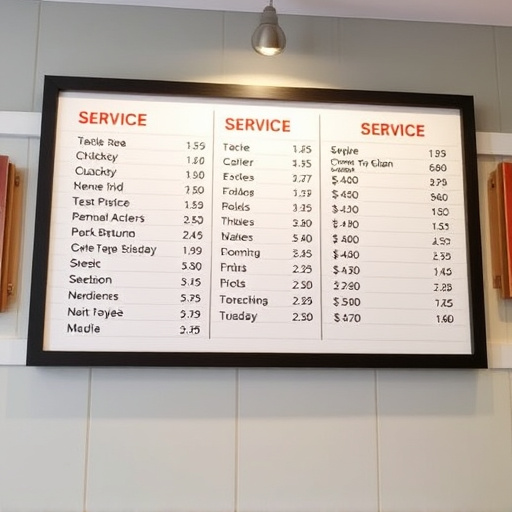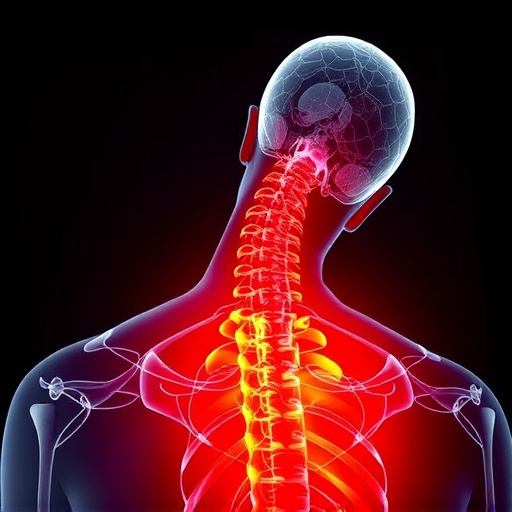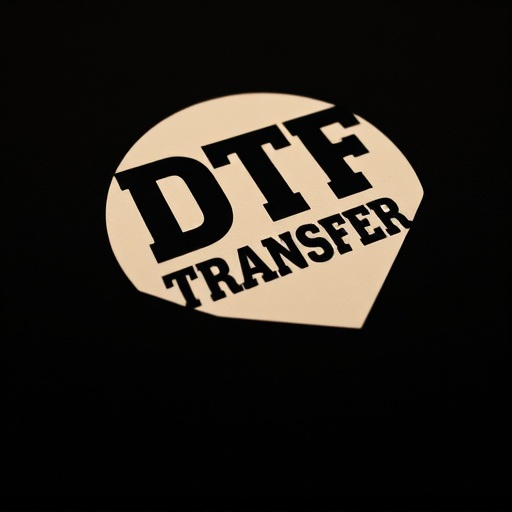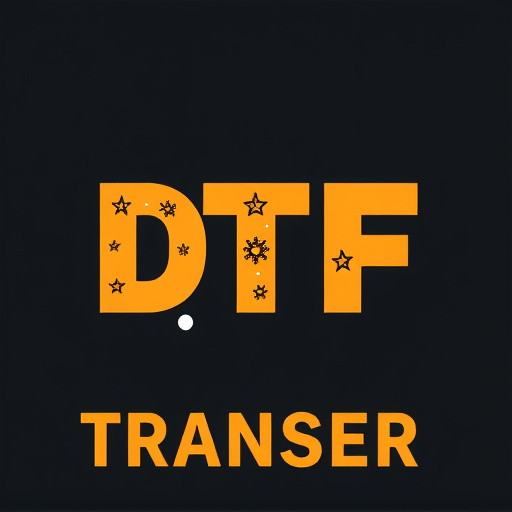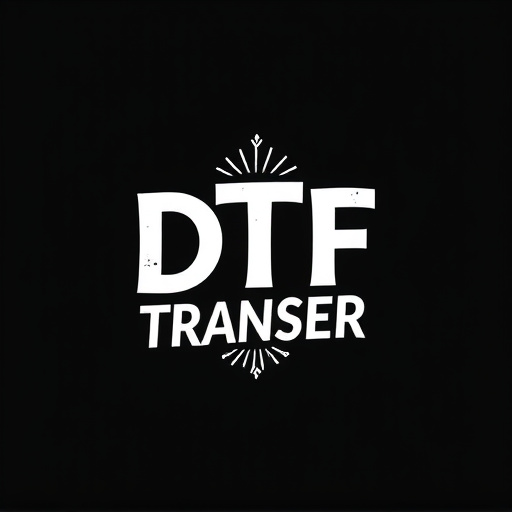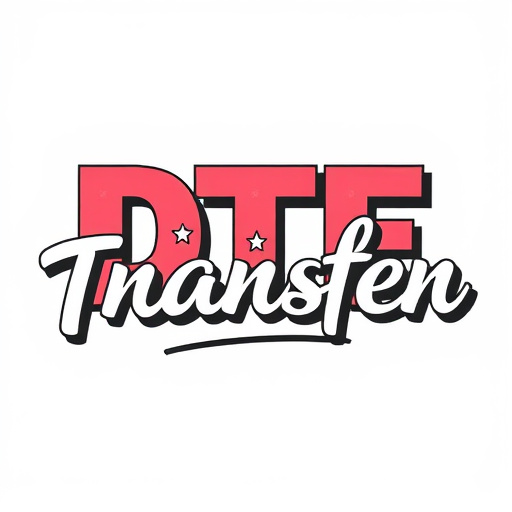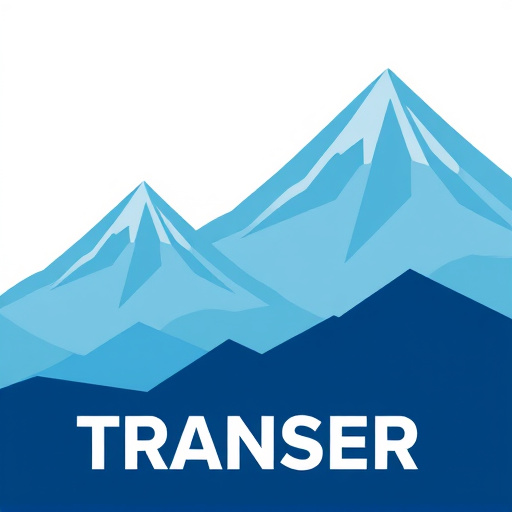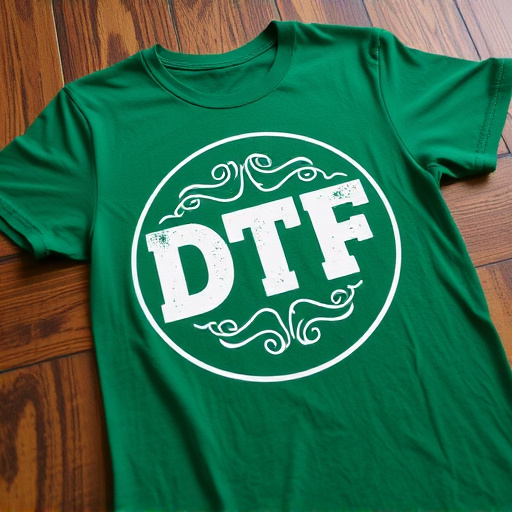Direct-to-Film (DTF) transfer technology has revolutionized printing and packaging by allowing high-quality, precise application of graphics directly onto various surfaces using adhesive powder and specialized inkjet printers. This process offers vibrant color reproduction, excellent durability, and intricate design capabilities, making it ideal for customization and short-run production. Adhesive powders play a crucial role in DTF transfers, providing versatile options for diverse applications and enabling strong bonds on various materials. To achieve optimal results, proper application techniques involving substrate preparation, even distribution of adhesive powder, and precise heat processing are essential. Future advancements in adhesive powders aim to enhance durability, flexibility, curing times, and environmental friendliness, driving the growth of DTF transfer printing across industries.
“Unleash the potential of Direct-to-Film (DTF) transfer technology with adhesive powders—the game-changer in print and design. This innovative process allows for precise, high-quality transfers onto various surfaces, from textiles to metal. In this comprehensive guide, we explore the intricacies of DTF, focusing on the critical role of adhesive powders. From understanding the technology to uncovering the benefits and challenges, and peering into future trends, this article is your go-to resource for all things DTF Transfer.”
- Understanding Direct-to-Film (DTF) Transfer Technology
- The Role of Adhesive Powder in DTF Transfer Process
- Types and Properties of Adhesive Powders for DTF
- Application Techniques for Optimal DTF Results
- Benefits and Challenges of Using Adhesive Powders
- Future Trends: Innovations in Adhesive Powders for DTF
Understanding Direct-to-Film (DTF) Transfer Technology

Direct-to-Film (DTF) transfer technology has revolutionized the way we create and apply graphics to various surfaces, especially in the printing and packaging industries. This innovative process allows for high-quality, precise, and efficient application of designs by eliminating the need for traditional intermediate materials like vinyl sheets or films. With DTF transfer, a design is printed directly onto a powdery adhesive backing using specialized inkjet printers. The print is then carefully transferred to a desired surface, such as fabric, wood, or metal, without the need for complex machinery or extensive skill.
DTF transfer technology offers numerous advantages, including vibrant color reproduction, excellent durability, and the ability to create intricate designs with fine details. This method has gained popularity due to its versatility, enabling designers and manufacturers to easily customize products and produce short-run or one-off items quickly and cost-effectively. The use of adhesive powder in DTF transfer creation ensures a strong bond between the print and the substrate, making it suitable for a wide range of materials and applications.
The Role of Adhesive Powder in DTF Transfer Process

Adhesive powder plays a pivotal role in the Direct-to-Film (DTF) transfer creation process, serving as a crucial component that facilitates the precise and permanent attachment of graphics to various surfaces. During the DTF transfer, the adhesive powder is meticulously applied to the film, creating a strong bond with the substrate when heated. This ensures that the design is not just printed but also permanently transferred, offering exceptional durability and vibrancy.
The unique properties of adhesive powder enable it to adhere to both smooth and textured surfaces, making DTF technology versatile for diverse applications. Its fine texture allows for even distribution across the film, guaranteeing a seamless integration between the design and the final medium. This meticulous process results in high-quality, long-lasting transfers that are resistant to fading or peeling, enhancing the overall aesthetic appeal of products and decorations.
Types and Properties of Adhesive Powders for DTF
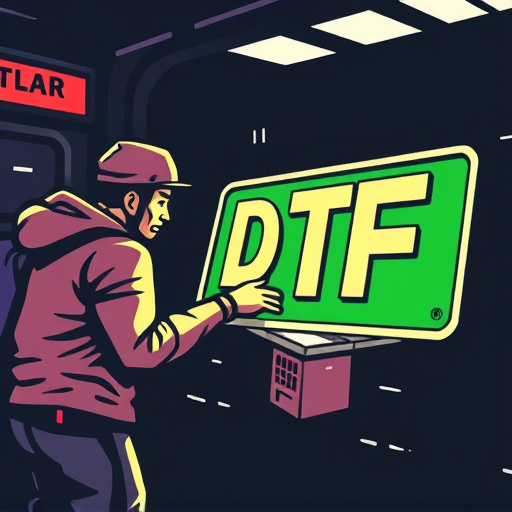
Adhesive powders play a crucial role in the direct-to-film (DTF) transfer process, offering a range of options with distinct properties tailored to specific applications. These powders are typically composed of resins and polymers that ensure strong adhesion between the substrate and the final print. The types of adhesive powders used in DTF transfers include water-based, solvent-based, and hot melt adhesives. Each type has unique advantages; for instance, water-based adhesives are eco-friendly, quick-drying, and easy to clean, making them ideal for promotional items and short-run productions. Solvent-based adhesives, on the other hand, offer superior strength and flexibility, suitable for durable goods and complex designs. Hot melt adhesives provide instant bonding and can handle a wide range of materials, making them versatile for various DTF transfer projects.
When selecting an adhesive powder for DTF transfers, considerations such as substrate compatibility, desired bond strength, and environmental impact are essential. Adhesives must create a strong bond with diverse materials like plastics, metals, and fabrics to ensure the longevity of the final product. Additionally, the ability to withstand various environmental conditions, including temperature changes and exposure to sunlight, is vital for outdoor applications. Understanding these factors enables users to choose the most suitable adhesive powder for their specific DTF transfer needs, ultimately enhancing the quality and durability of the printed products.
Application Techniques for Optimal DTF Results

To achieve optimal results with Direct-to-Film (DTF) transfer, understanding and employing the right application techniques is paramount. The process begins with preparing the substrate, ensuring it’s clean, dry, and free from contaminants to guarantee a smooth adhesive bond. This often involves degassing or curing the material to remove any trapped moisture or air bubbles that could hinder the transfer quality.
Once the substrate is ready, the adhesive powder is carefully applied using specialized equipment like precision sprinklers or automated dispensing systems. Even distribution is crucial; too much or too little powder can affect adhesion and final image clarity. Following application, a precise heat process is initiated to activate the adhesive, ensuring it securely fuses with the film. This step requires careful temperature control to prevent substrate damage while achieving maximum bonding strength for the DTF transfer.
Benefits and Challenges of Using Adhesive Powders

Adhesive powders play a pivotal role in Direct-to-Film (DTF) transfer creation, offering several benefits that enhance the process’s efficiency and quality. Firstly, they act as an intermediary between the film and the substrate, ensuring precise and reliable image transfer. This is particularly advantageous for high-resolution prints, where even the smallest inconsistencies can be visually detrimental. Moreover, these powders are versatile; they can adhere to various materials, making them suitable for diverse applications, from fabric printing to signage.
Despite their advantages, adhesive powders also present certain challenges. One significant hurdle is achieving the right balance of adhesion and release properties. If the powder sticks too strongly, it may cause damage to the film or substrate during removal, leading to waste and reduced efficiency. Conversely, insufficient adhesion can result in poor image transfer quality. Therefore, careful selection and precise application techniques are crucial to navigate these challenges successfully, ensuring optimal DTF transfer outcomes.
Future Trends: Innovations in Adhesive Powders for DTF

The future of Direct-to-Film (DTF) transfer printing looks promising, with continuous innovations in adhesive powders playing a pivotal role. Researchers and manufacturers are exploring new ways to enhance the durability, flexibility, and adhesion of DTF inks, all while aiming for faster curing times and reduced environmental impact. For instance, developments in nano-adhesives offer improved strength and longevity, opening doors for creating more intricate and vibrant designs on various substrates.
Additionally, there is a growing trend towards eco-friendly solutions, with water-based or solvent-free adhesive powders gaining traction. These innovations not only cater to the demand for sustainable production processes but also provide opportunities for cost reduction and enhanced safety in manufacturing. As technology advances, we can expect even more sophisticated adhesive systems, further expanding the capabilities of DTF transfer printing across diverse industries.
